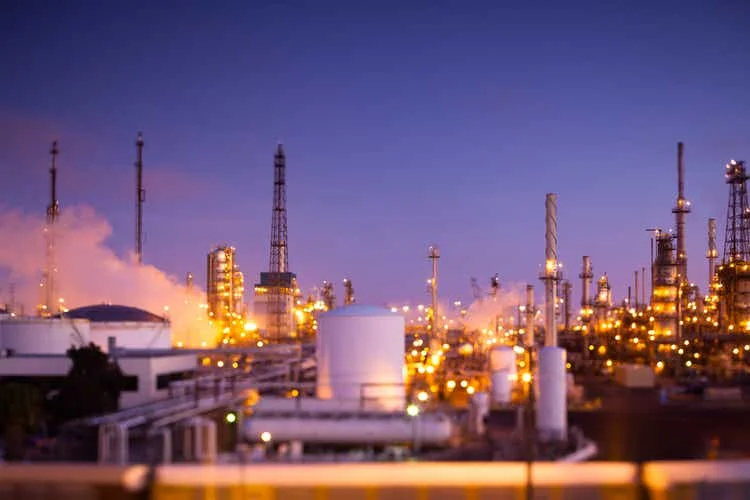
Could This Refinery Closure Spell Trouble for California’s Gas Prices?
In a significant development for California's fuel market, Valero Energy Corporation has announced intentions to cease operations at its Benicia refinery by April 2026. This strategic decision, announced by CEO Lane Riggs, is expected to have far-reaching implications for consumers and the local economy.

Touted as one of California's key refineries, the Benicia site plays a crucial role in the state’s fuel supply chain. Valero's decision comes amidst a backdrop of evolving market conditions and regulatory scrutiny, which have raised questions about the future sustainability of traditional refineries in the state. The company has reported a pre-tax impairment charge of $1.1 billion related to several of its California locations, indicating a serious reevaluation of its business operations.
Riggs acknowledged the potential impacts of this closure on employees, local businesses, and the surrounding community, promising to maintain open lines of communication throughout this transition. The refinery employs a significant number of workers and supports various local industries, underscoring the complex interplay between operational decisions and community welfare.
The news of the refinery's impending closure arrives at a time when California's fuel prices are already some of the highest in the nation, driven by stringent environmental regulations and limited refining capacity. Analysts fear that this closure could exacerbate existing challenges for consumers who are already struggling with surging gas prices.
California's stringent climate policies have created a challenging environment for fossil fuel providers, and Valero's decision reflects a broader trend within the industry as companies reassess their operational footprints amidst changing market demands. The ongoing push towards sustainable energy, combined with increasing operational costs, may lead to more refineries opting to shut down as they navigate these turbulent waters.
The announcement not only raises questions about local fuel supply stability but also presents consumers with a looming uncertainty regarding future gas prices. With fewer refining operations, will Californians face even steeper prices at the pump? As consumers brace for potential price hikes, the industry watches closely to see how Valero's actions might ripple through the state's economy and energy landscape.
As the situation develops, industry experts and local residents alike are left wondering: what does this mean for the future of fuel prices in California? Will this be a permanent shift in the state’s energy landscape, or will companies like Valero adapt in response to the changing market dynamics? We invite you to share your thoughts and reactions to this critical issue.